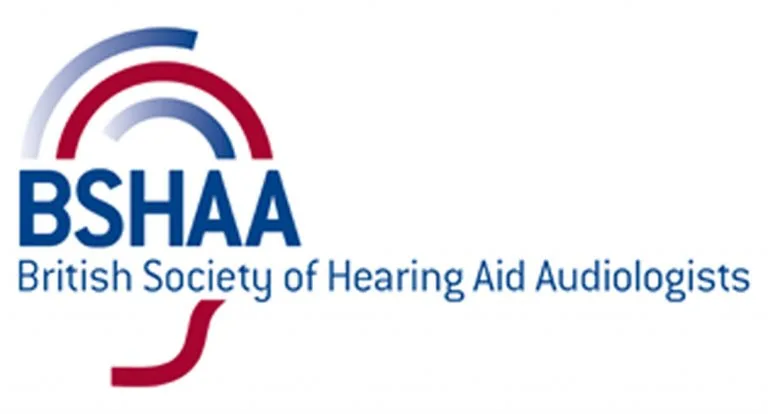The different levels of hearing loss (mild, moderate and profound) and how each can affect your day-to-day life
Here is a breakdown of the three levels of hearing loss and their potential impact on communication and overall quality of life:
Mild Hearing Loss
Mild hearing loss is defined as a hearing loss between 26 and 40 decibels (dB). People with mild hearing loss may have difficulty hearing soft or distant sounds, particularly in noisy environments. They may also have difficulty understanding speech in group settings, such as in restaurants or at social gatherings. Mild hearing loss can make it challenging to hear phone conversations, television or radio broadcasts, and may lead to increased fatigue and stress due to the effort required to understand speech.
Moderate Hearing Loss
Moderate hearing loss is defined as a hearing loss between 41 and 70 dB. People with moderate hearing loss may have difficulty hearing everyday sounds, including speech, even in quiet environments. They may frequently ask people to repeat themselves or may miss important information during conversations. Moderate hearing loss can make it challenging to communicate with friends and family, and may lead to social isolation, depression, and anxiety.
Profound Hearing Loss
Profound hearing loss is defined as a hearing loss greater than 90 dB. People with profound hearing loss may be unable to hear any sounds at all, and may rely entirely on lip-reading, sign language, or assistive devices to communicate. Profound hearing loss can have a significant impact on a person's quality of life, affecting their ability to participate in daily activities, work, and social interactions.
In conclusion, the level of hearing loss can greatly impact a person's day-to-day life. Mild hearing loss may require additional effort to communicate and can lead to fatigue and stress. Moderate hearing loss can lead to social isolation, depression, and anxiety. Profound hearing loss can be a significant challenge and may require a range of assistive devices and communication strategies to maintain daily activities and social interactions.



